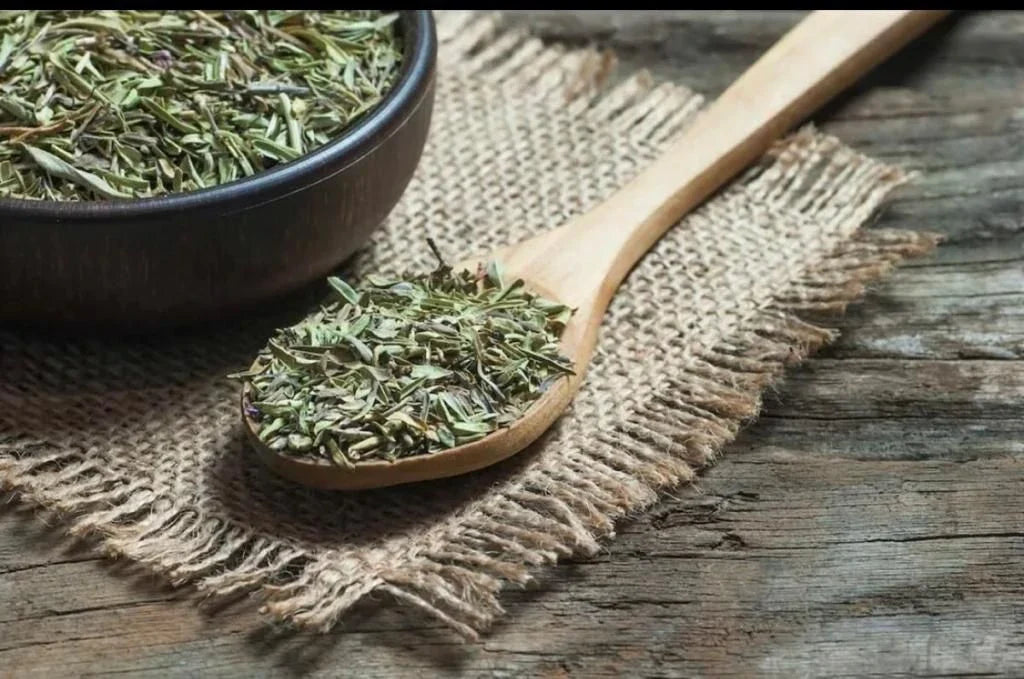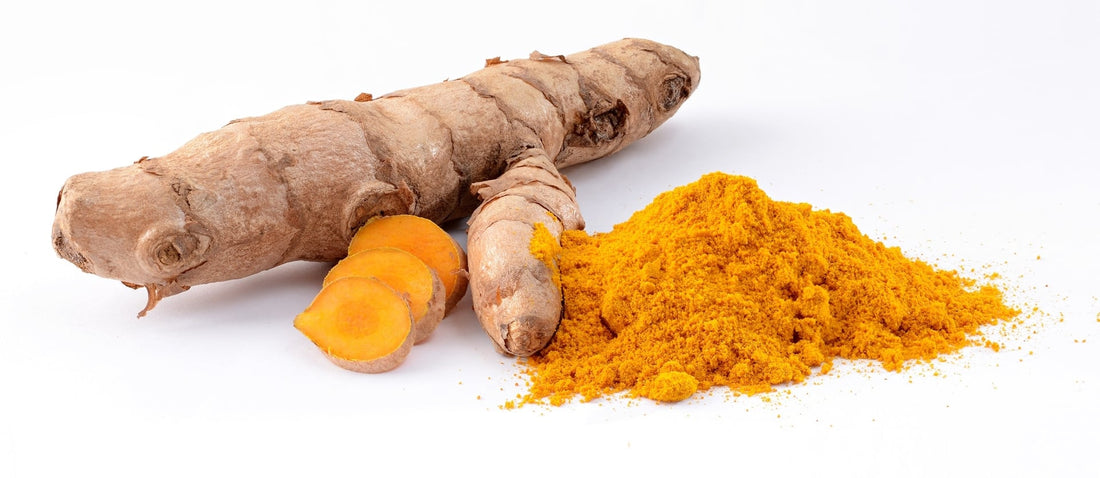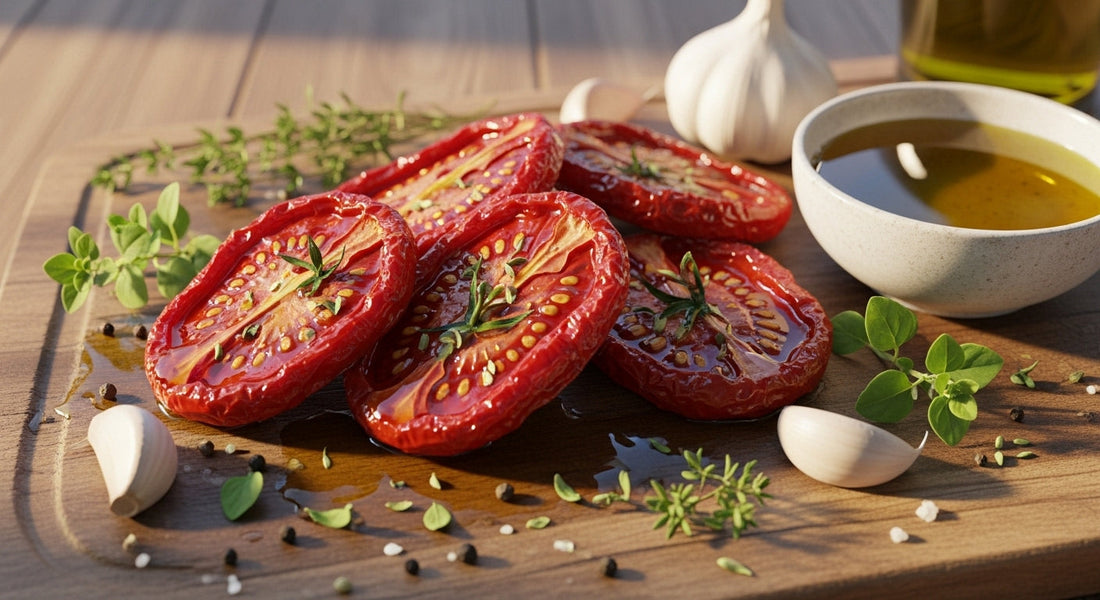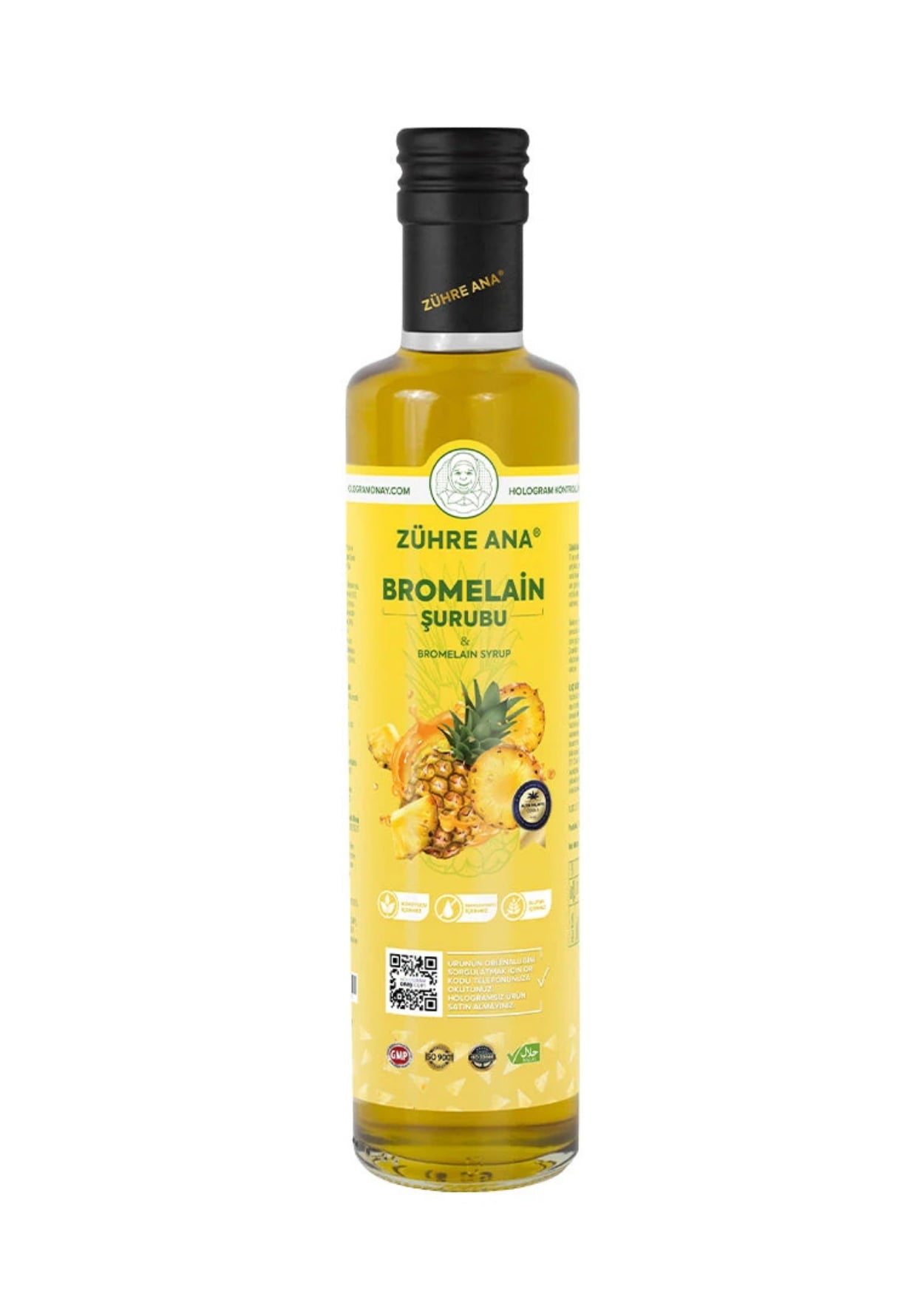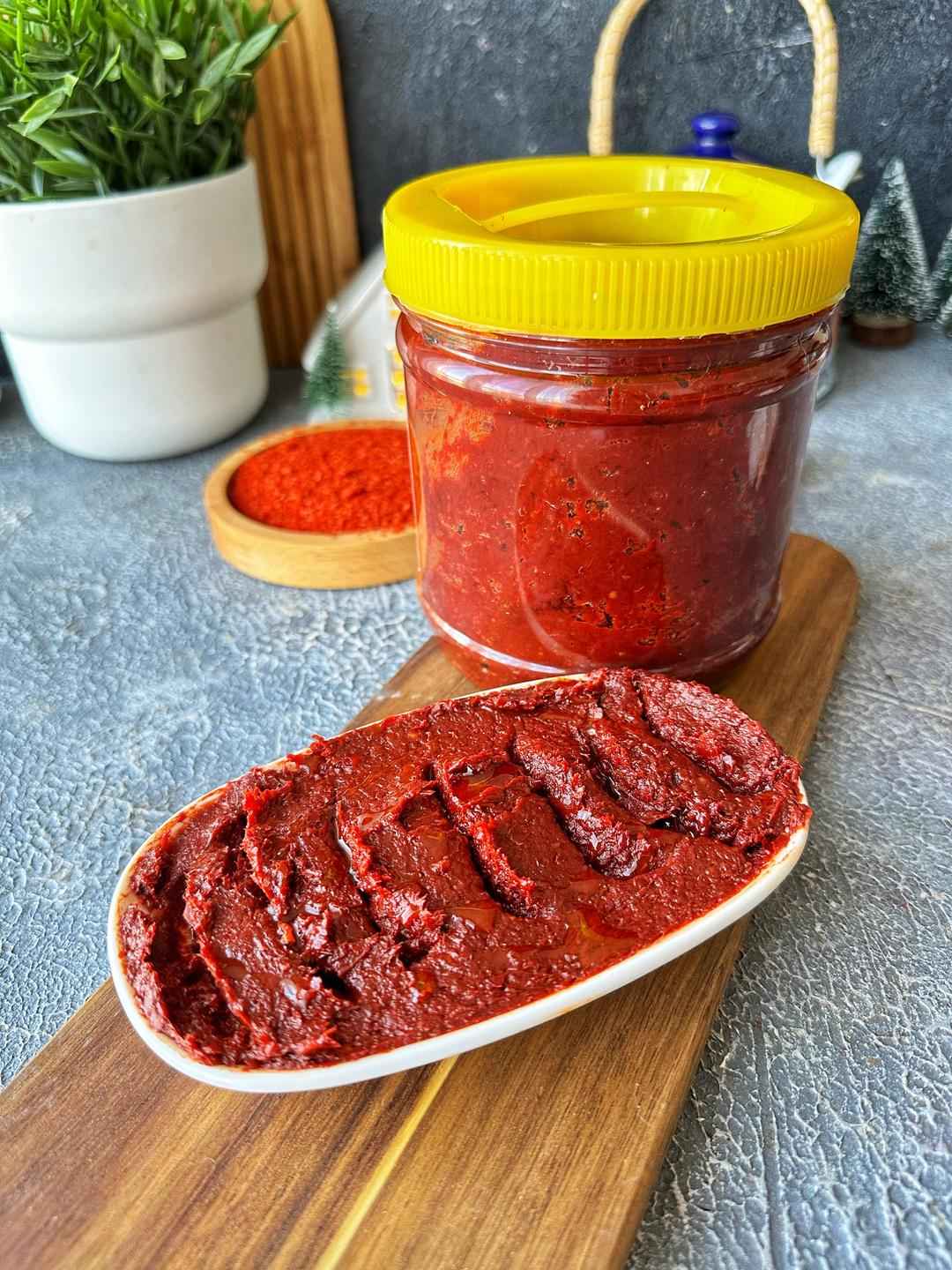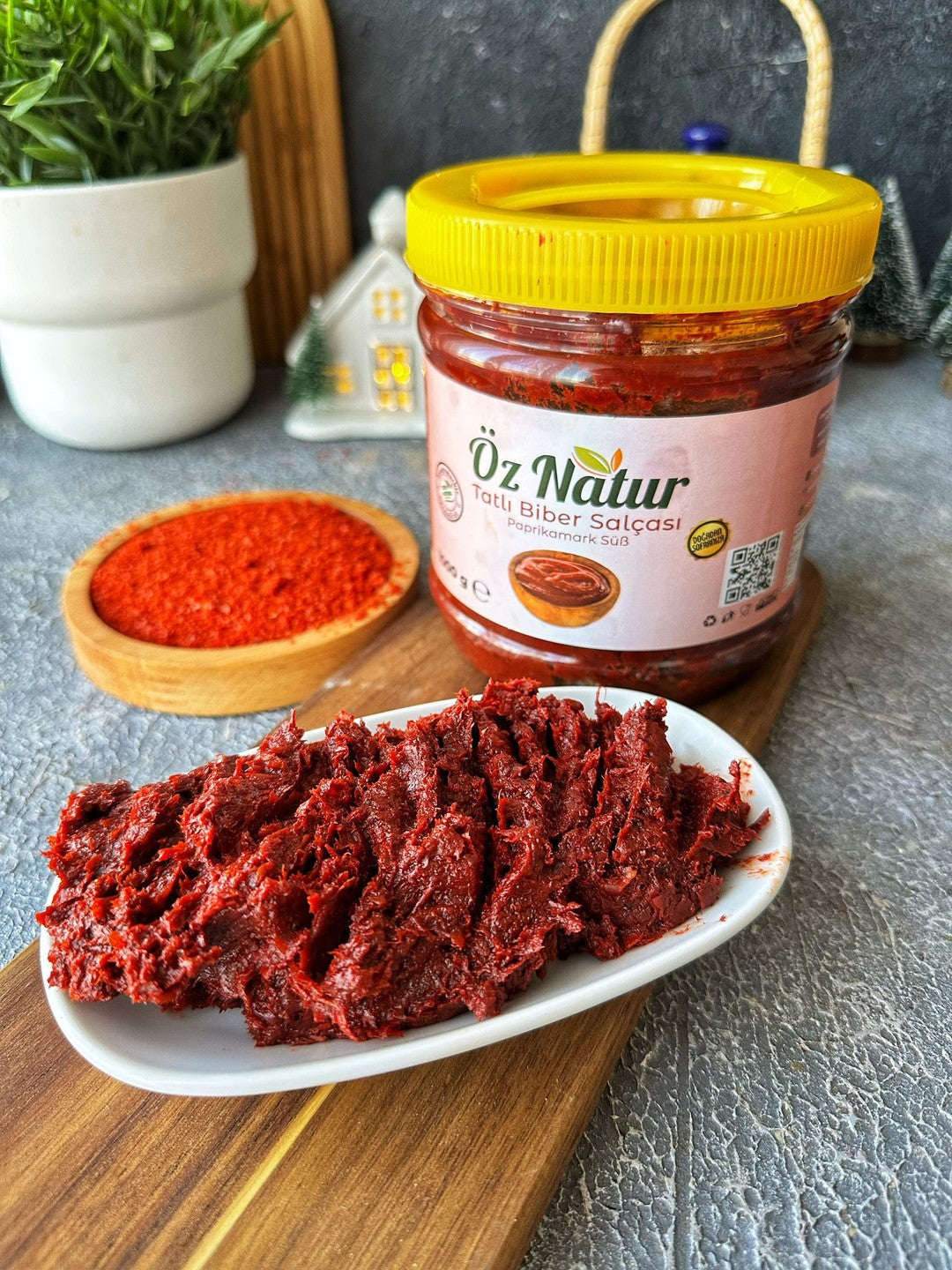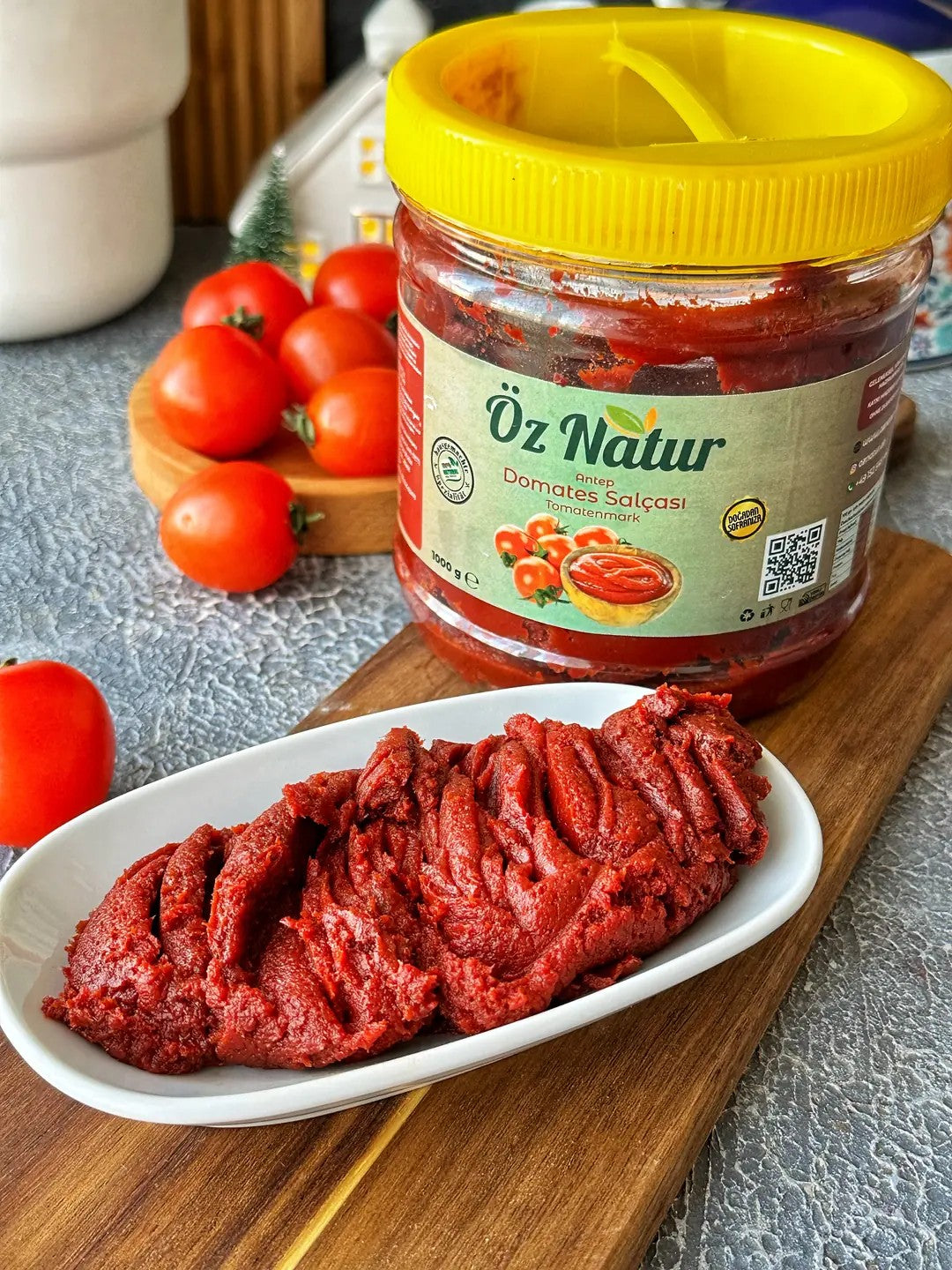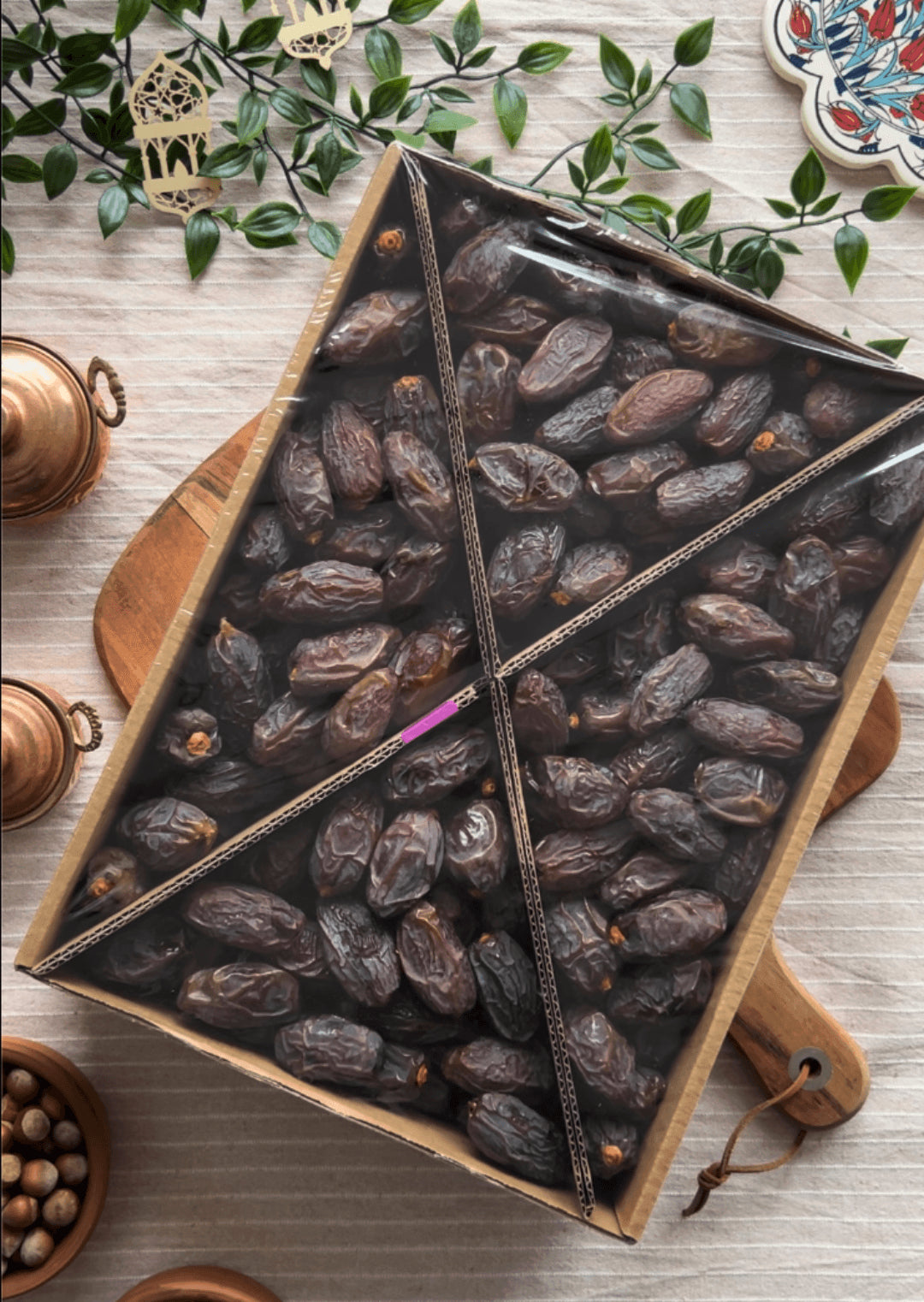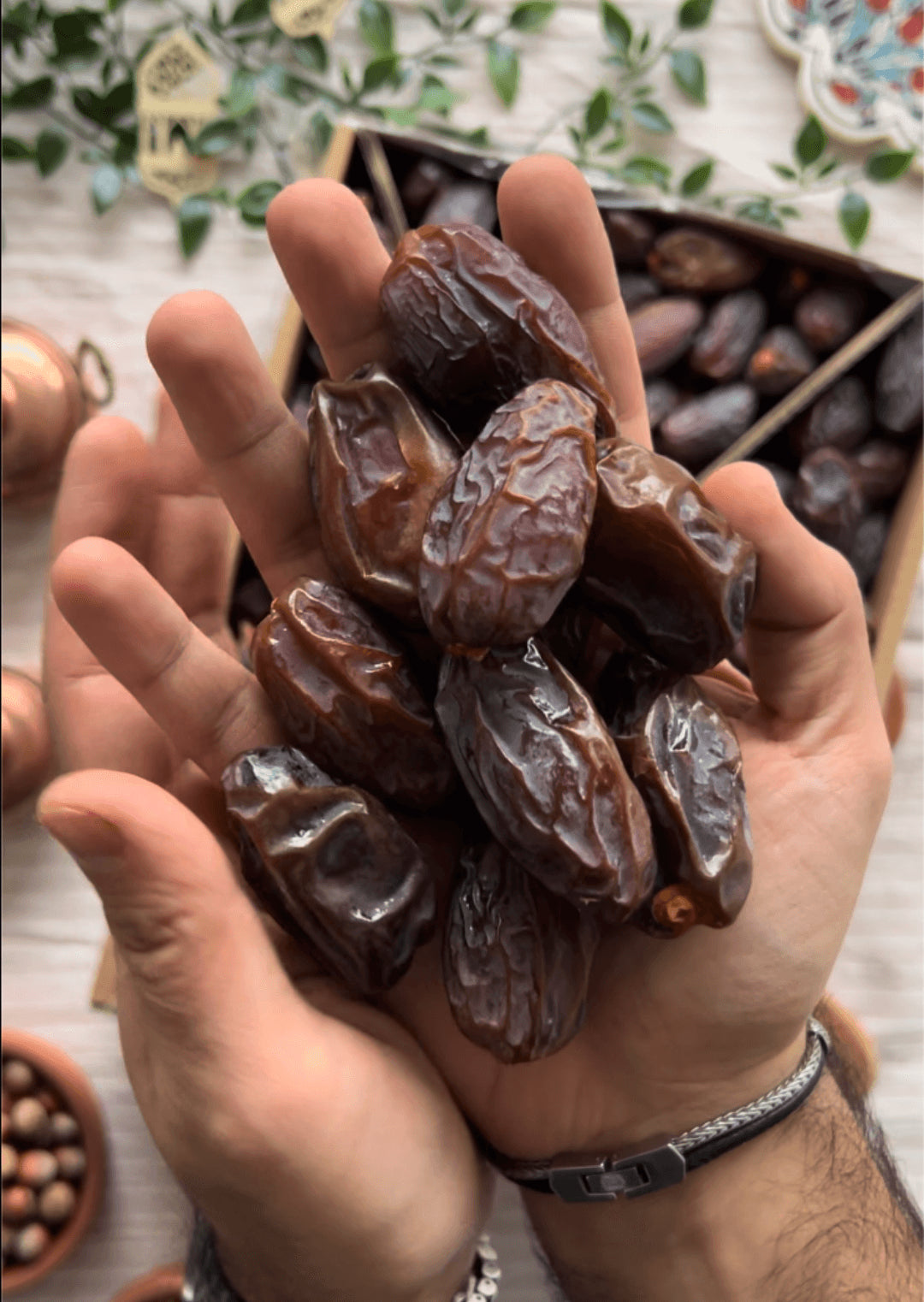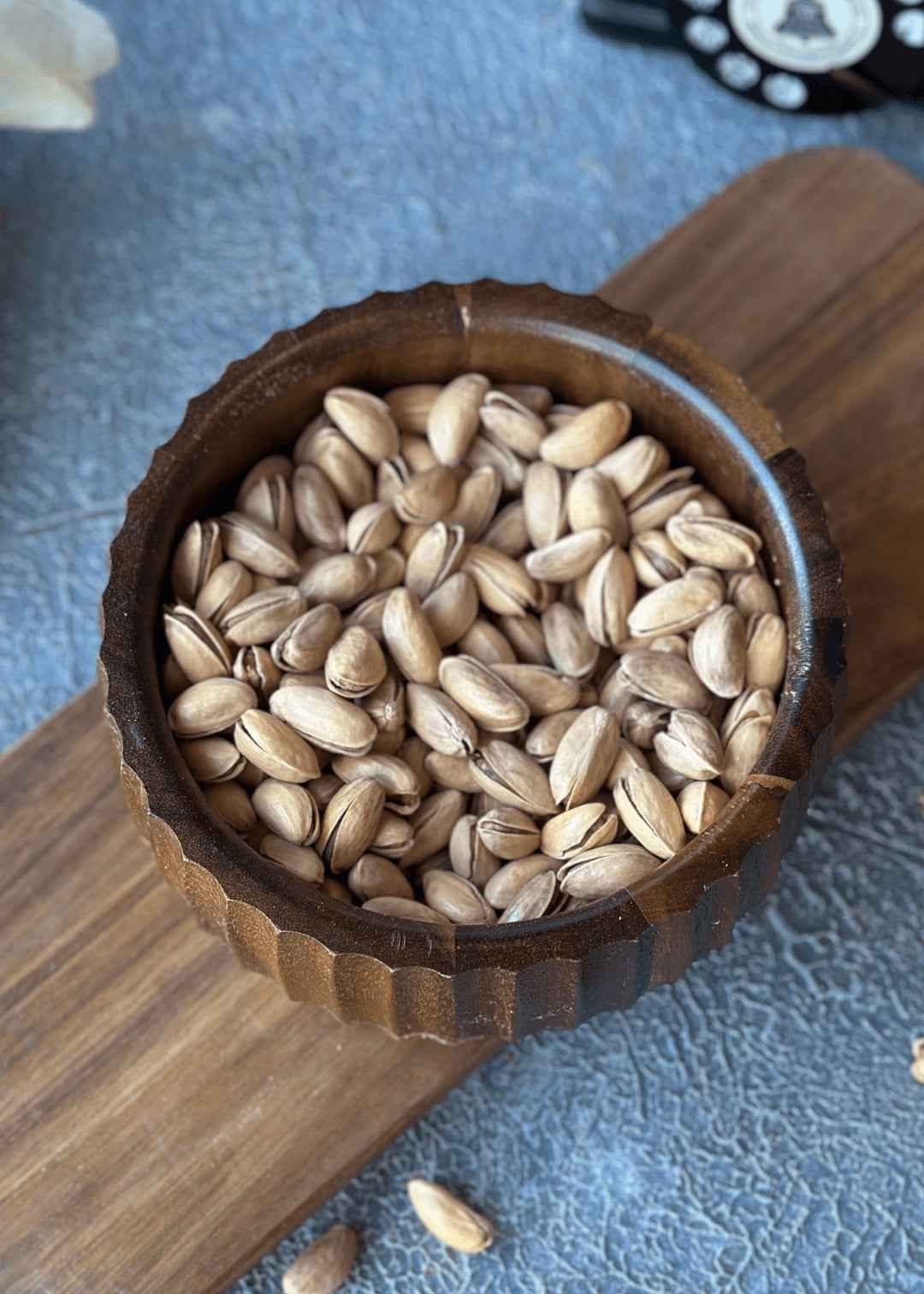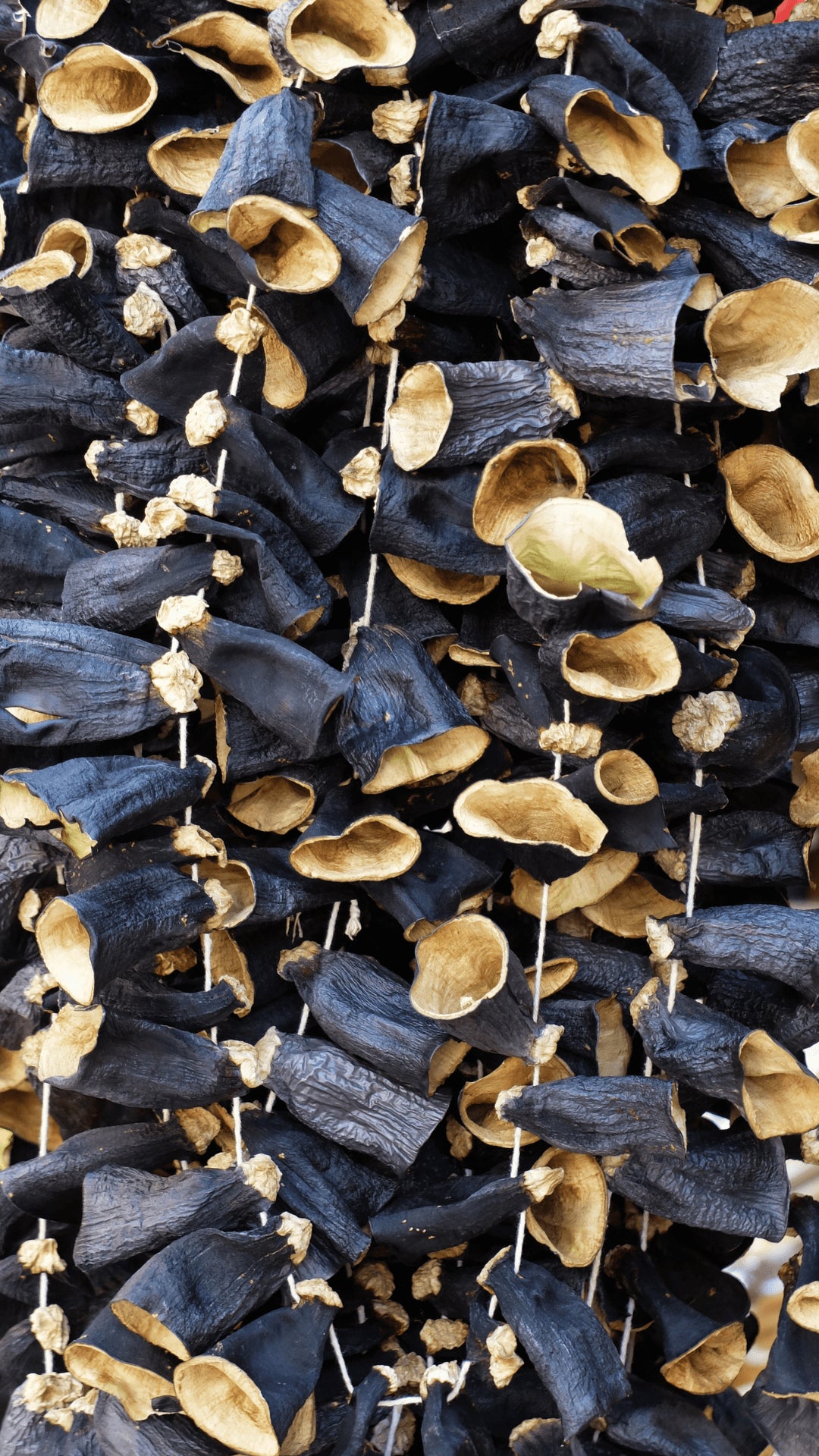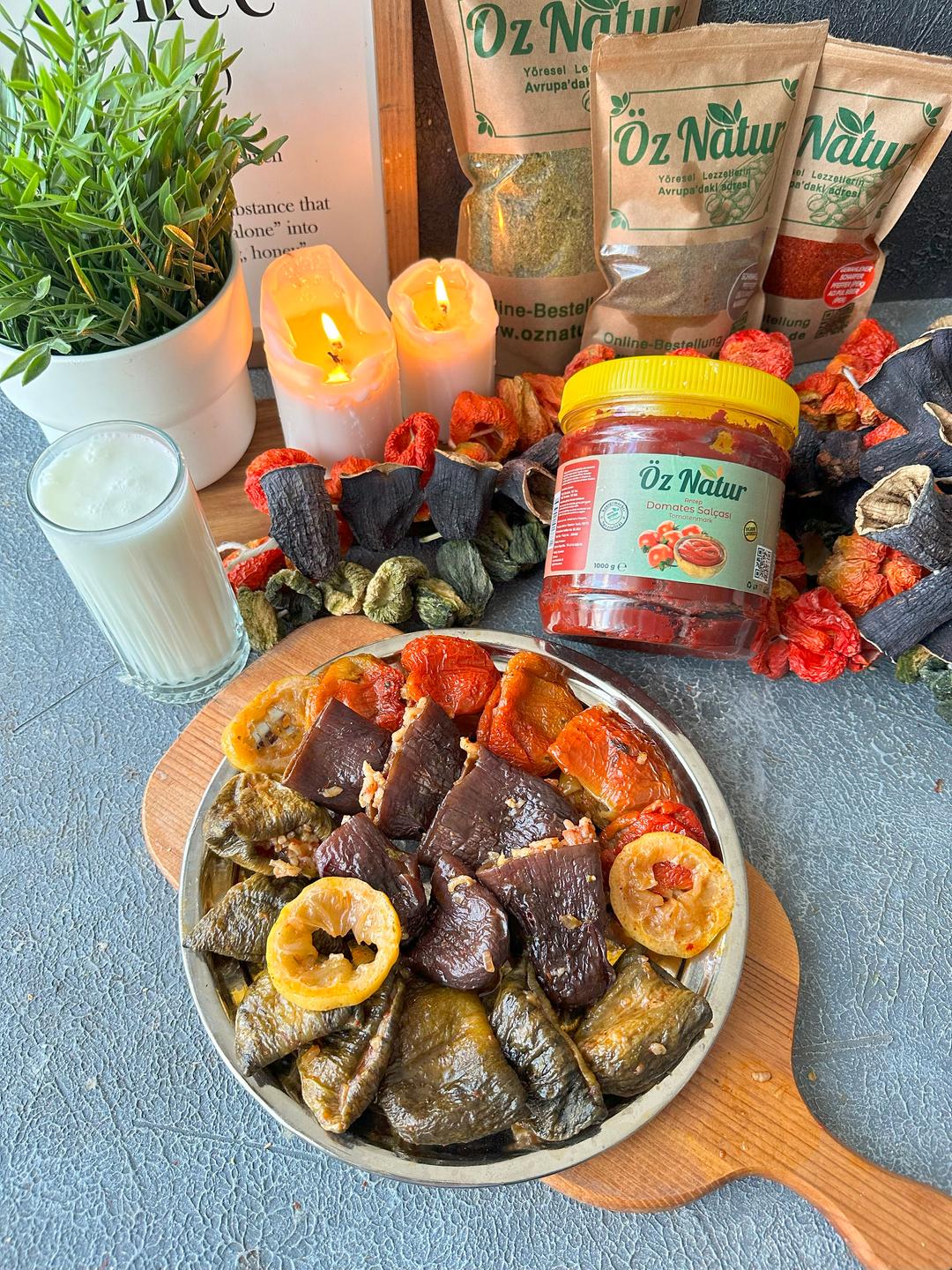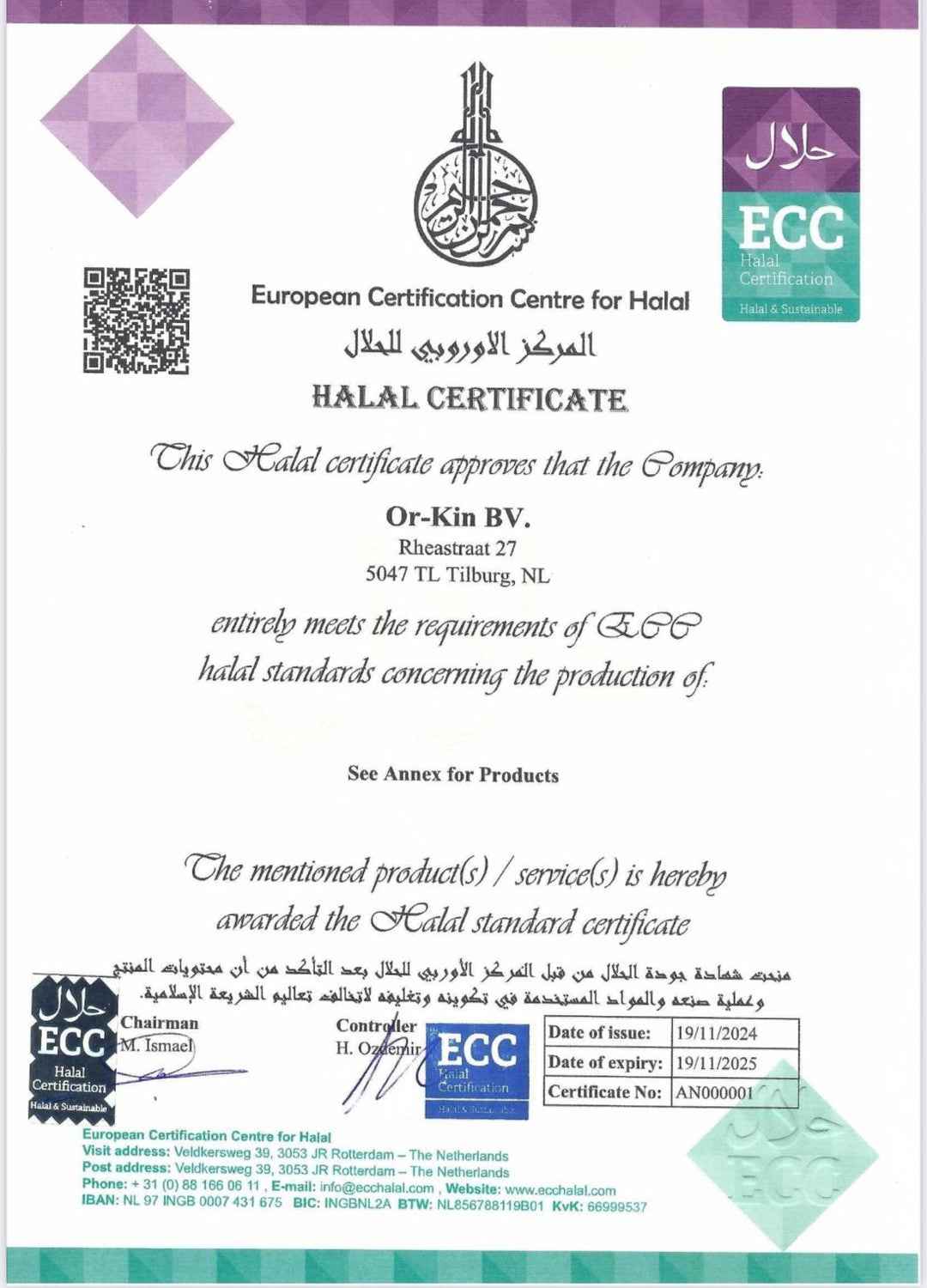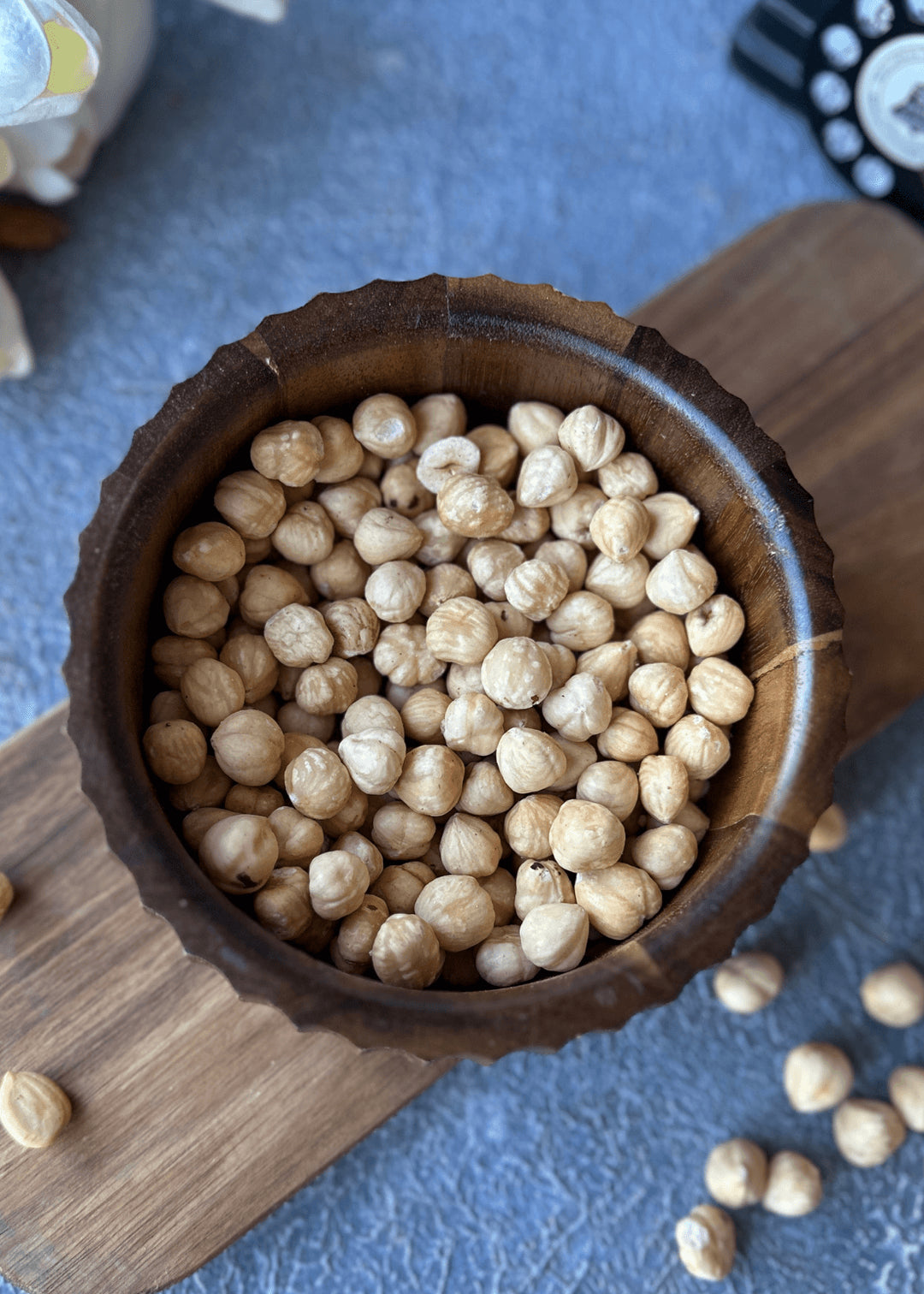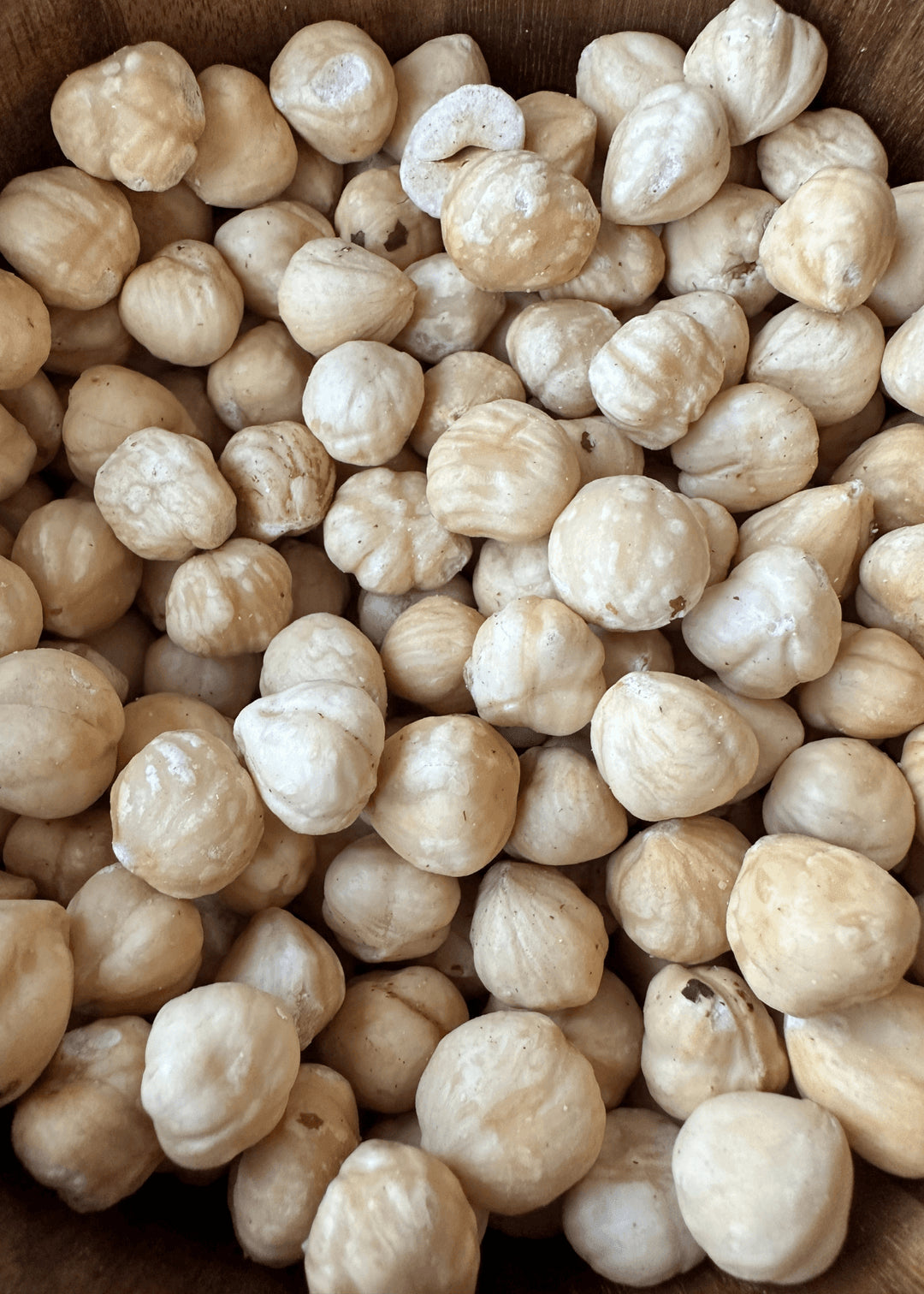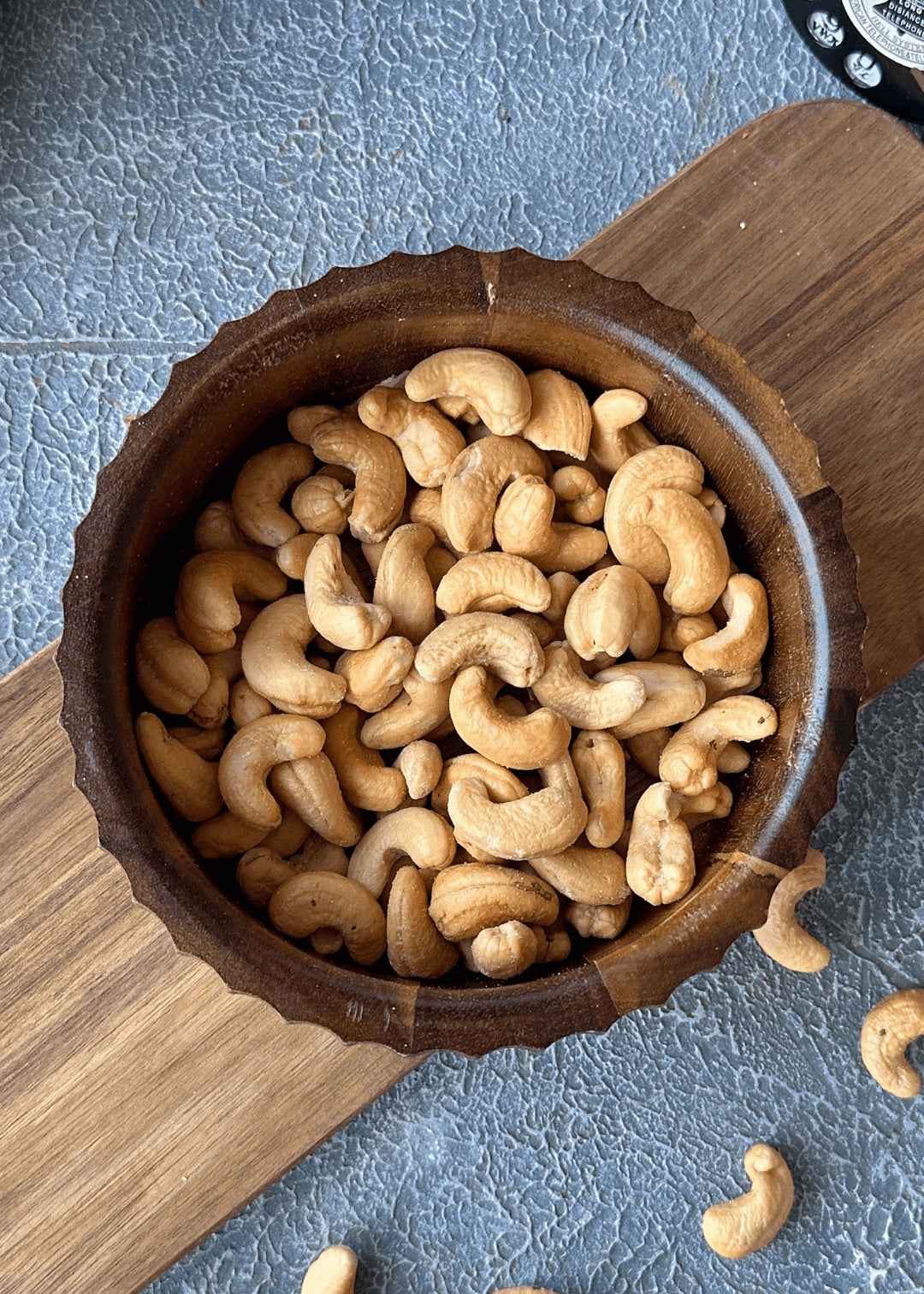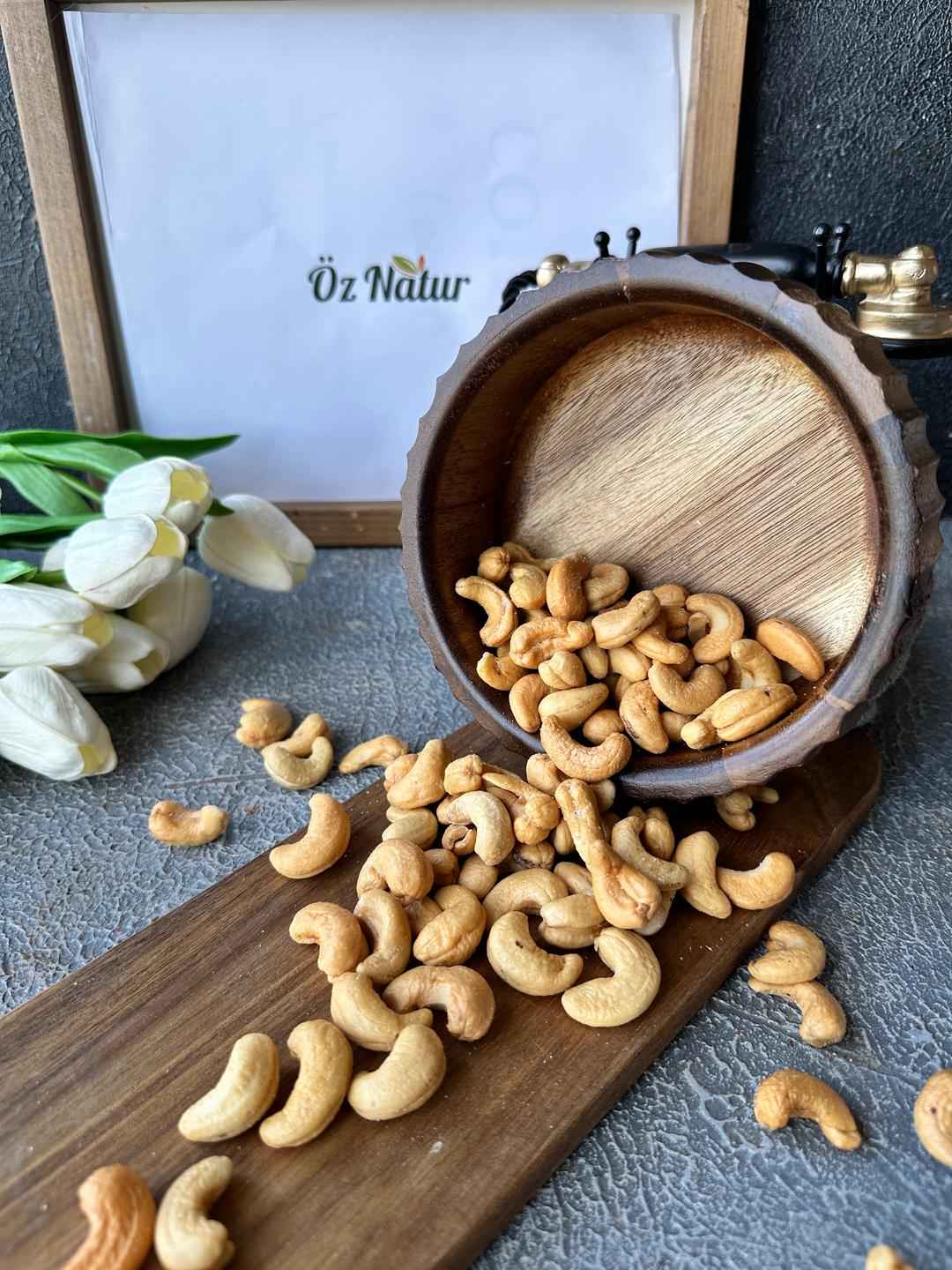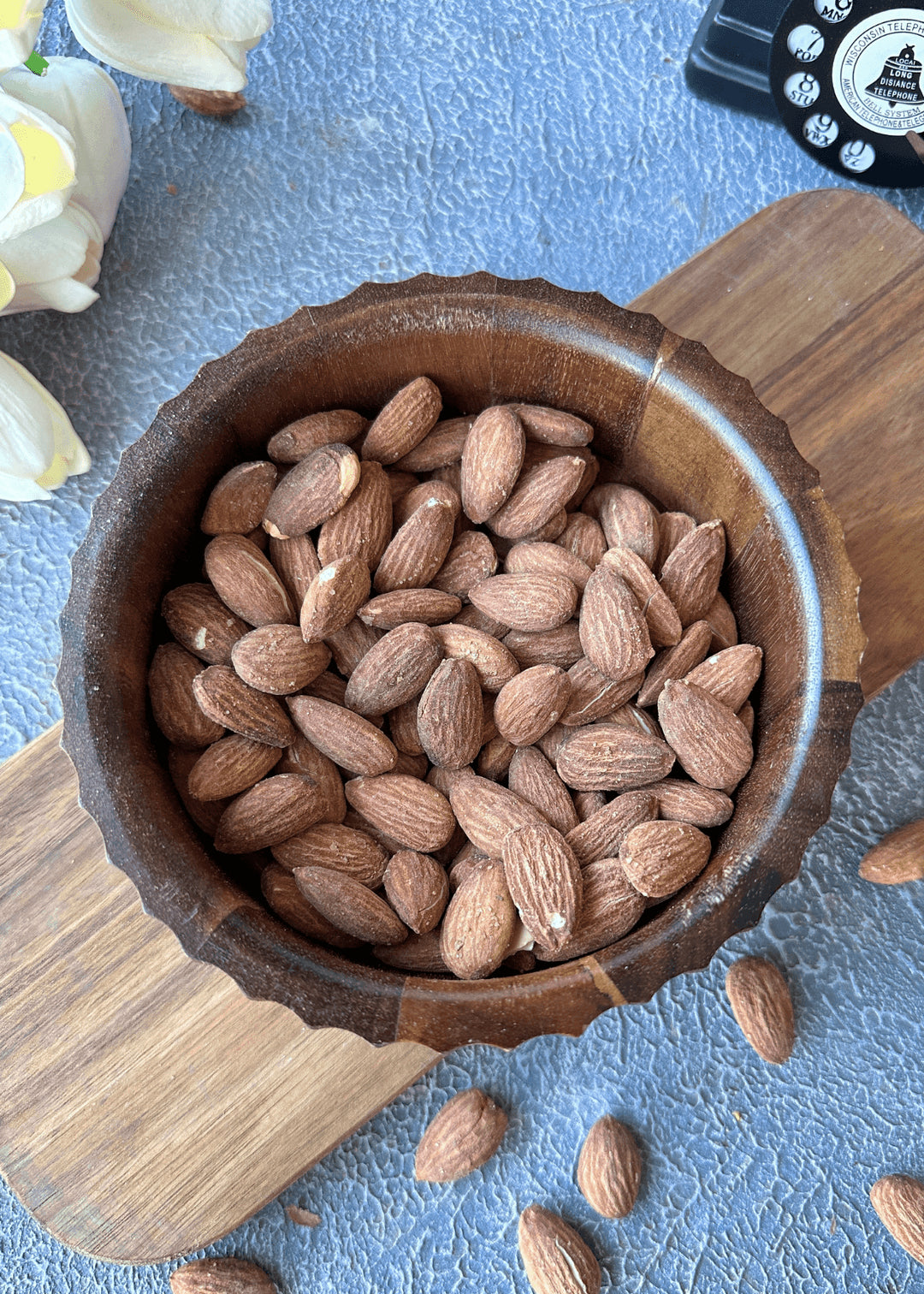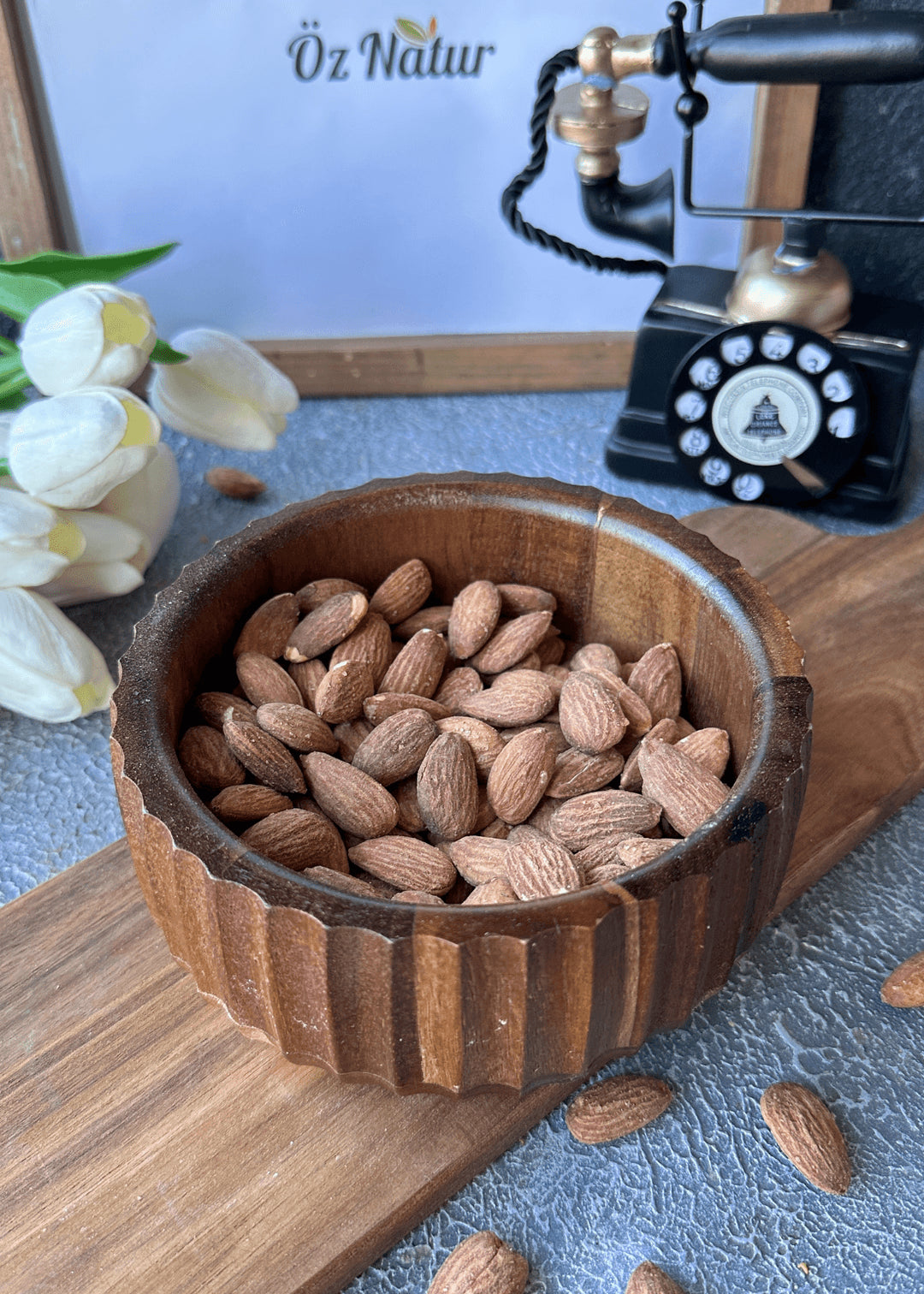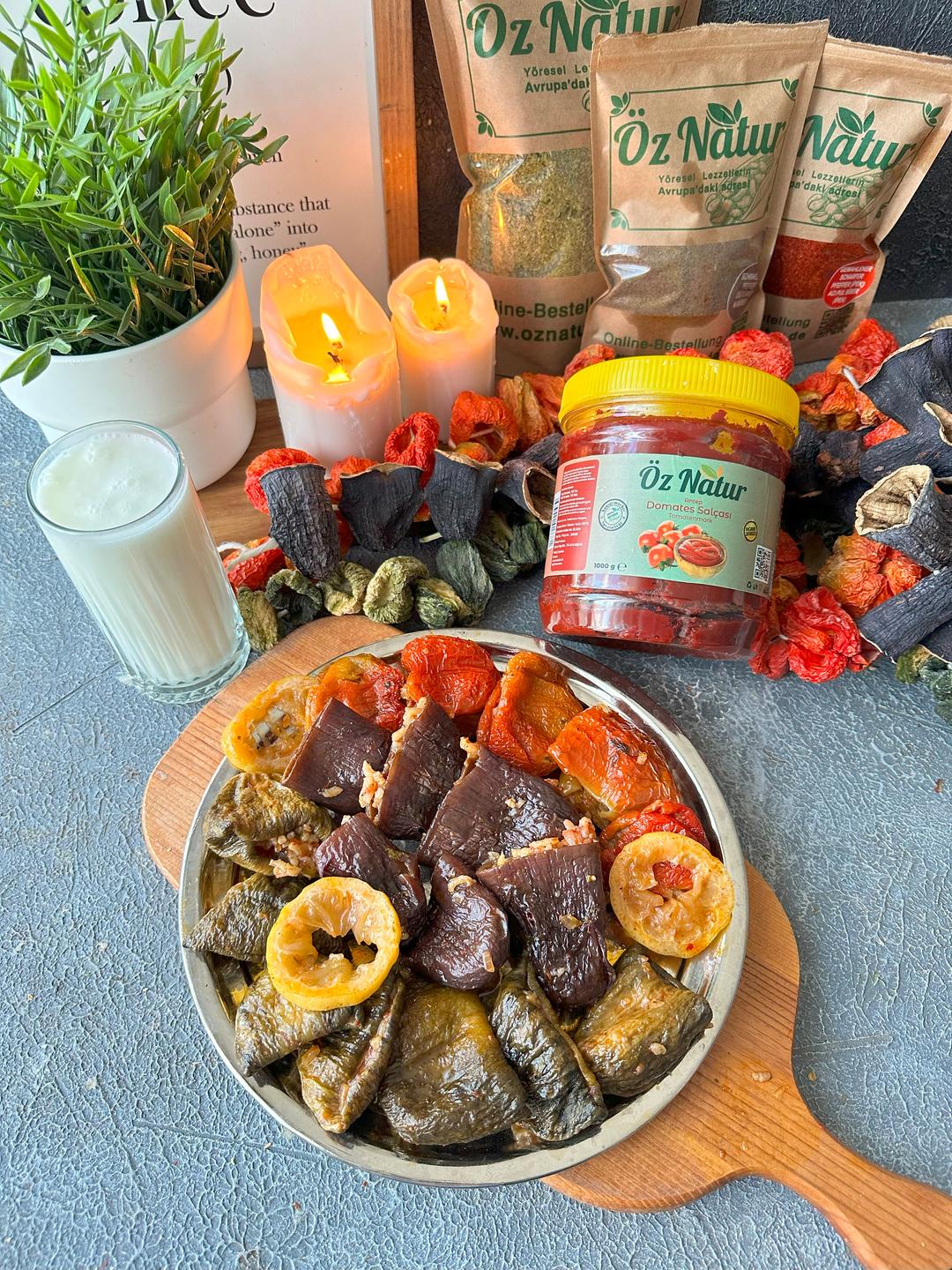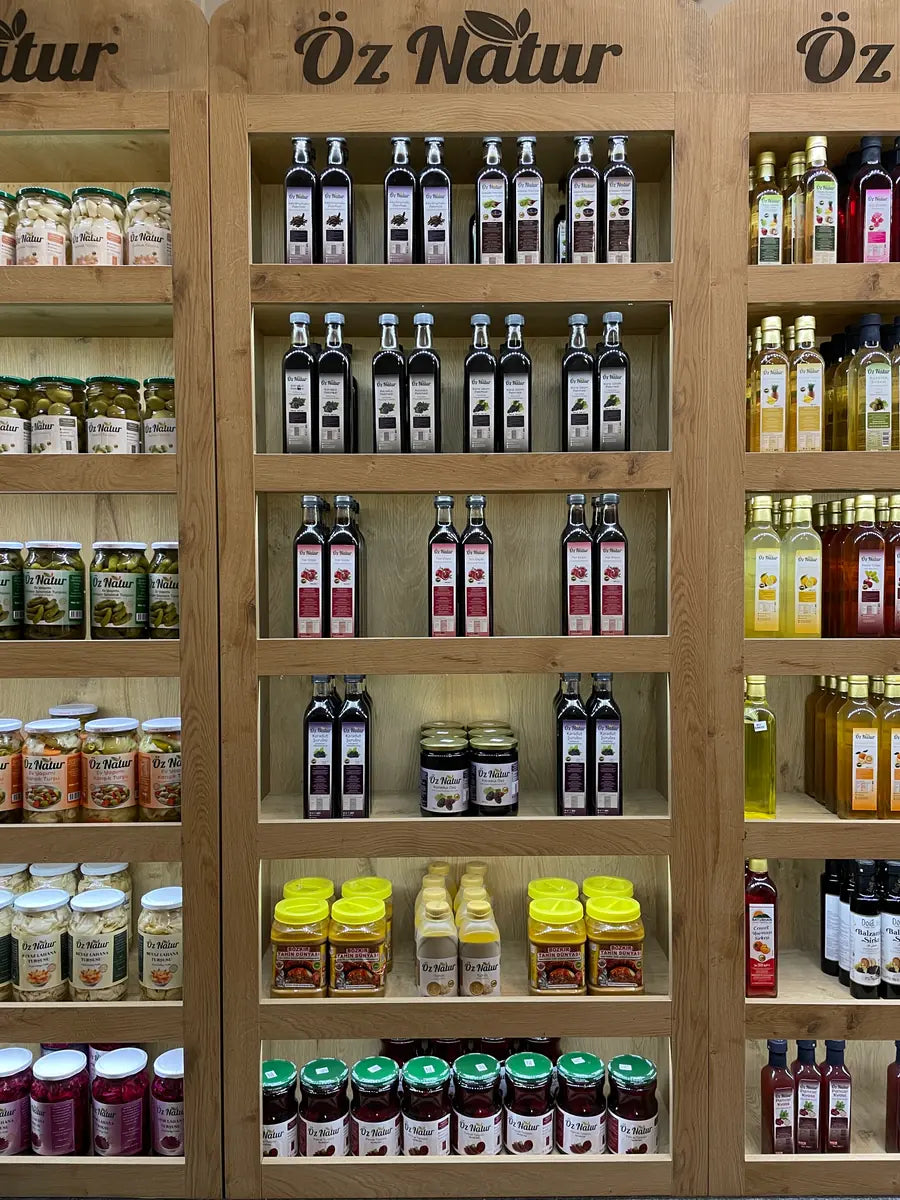After harvesting, oregano is gently dried so that the leaves retain their aroma and freshness. The drying process is usually carried out naturally, either in sunlight or in shaded areas with good ventilation. Once dried, oregano leaves can be stored for longer periods and used as a spice in a wide variety of dishes.
Fresh oregano can be added directly to recipes such as salads, sauces, and Mediterranean-style dishes. Dried oregano, on the other hand, is often preferred in cooking because of its more concentrated flavor, which enhances pasta sauces, grilled meats, soups, and stews.
How Is Oregano Oil Obtained?
Oregano oil is obtained from the leaves and flowers of the oregano plant through a process called steam distillation. In this method, steam passes through the plant material, separating the essential oils. The condensed liquid contains the concentrated oil, which is then bottled.
Oregano oil is valued for its intense aroma and is used not only in cooking but also in aromatherapy and cosmetic products. Due to its strong scent, only a few drops are needed to add flavor to dishes or fragrance to blends.
Uses of Oregano
Oregano is one of the most characteristic herbs of Mediterranean cuisine. It pairs especially well with tomatoes, olive oil, garlic, and grilled vegetables. It is also a staple in seasoning meat, fish, and poultry dishes. Combined with herbs like basil, thyme, and rosemary, oregano helps create the rich flavor profiles typical of Mediterranean cooking.
Oregano tea is another popular use, appreciated for its strong herbal aroma. In addition, oregano is often incorporated into cosmetic and personal care products, as its fragrance provides a refreshing and natural touch.


